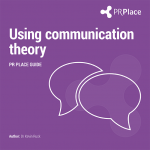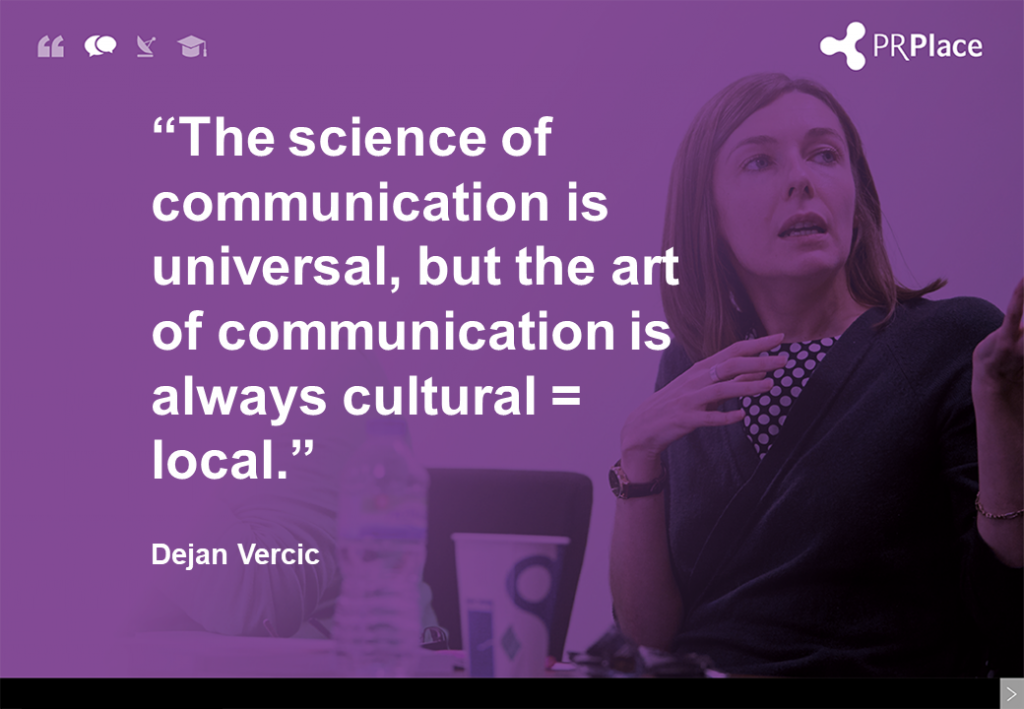Guide: Using communication theory
Guide to Using Communication Theory
This guide will help you to:
- Understand the theory of communication
- Make your campaigns more effective by using communication theory
- Improve your interpersonal communication.

We respect your privacy and handle your data with care. Please see our privacy policy.
Thank you for downloading your free guide. Your download should start immediately. We are adding new guides all the time, so check back regularly.
If you asked us to keep you up to date with new guides and the latest industry insights, you will receive an email shortly asking you to verify the address we need to send them to.

